There are very few who managed to escape from Auschwitz. Those who did were often recaptured and forced to contend with horrible – and often fatal – punishments, the same fate met by those who were caught during their attempts. One of the most successful escapes from the camp occurred on June 20, 1942, when four Polish prisoners drove out the front gates, without a single shot being fired.
The prisoners involved
Kazimierz Piechowski was a Boy Scout from the Second Polish Republic. Following the collapse of the Polish resistance as a result of the German invasion of Poland, he was arrested in his hometown of Tczew and forced to work in a group clearing debris along the railway bridge over the Vistula River.
Piechowski eventually left Poland and tried to flee to France. Unfortunately, he was captured while crossing into Hungary, beginning his journey through the Third Reich‘s prison system. He was sent to a Gestapo prison in Baligrod, after which he served stints in Sanok and Kraków. Prior to being sent to Auschwitz on June 20, 1940, he was imprisoned at Wiśnicz.
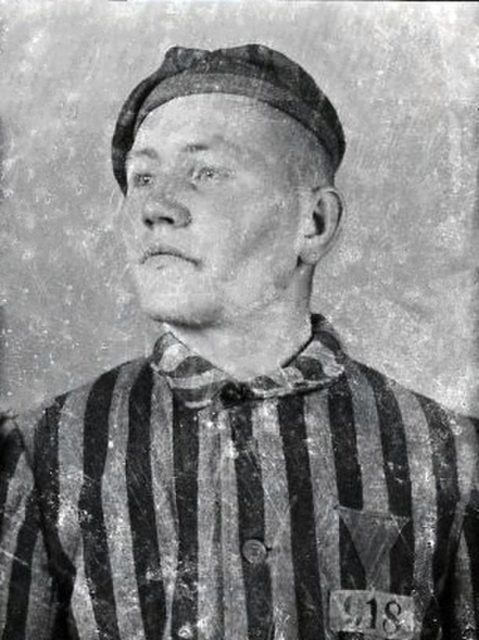
Not much is known of Piechowski’s three accomplices prior to their imprisonment. Jósef Lempart was a priest from Wadowice, while Eugeniusz Bendera worked as an auto mechanic in Czortków. Stanisław Gustaw Jaster was a veteran of the German invasion of Poland, and while at Auschwitz served as a member of ZOW, an underground resistance movement at the camp.
A daring escape
The escape was planned after it was learned Bendera was to be executed. He wanted to ensure the plan would be successful, but was also aware of the German concept of “collective responsibility,” wherein others could be accused of aiding in the escape. Once he and Piechowski were sure no one else could be implicated, they, along with Lempart and Jaster, prepared for the big event.
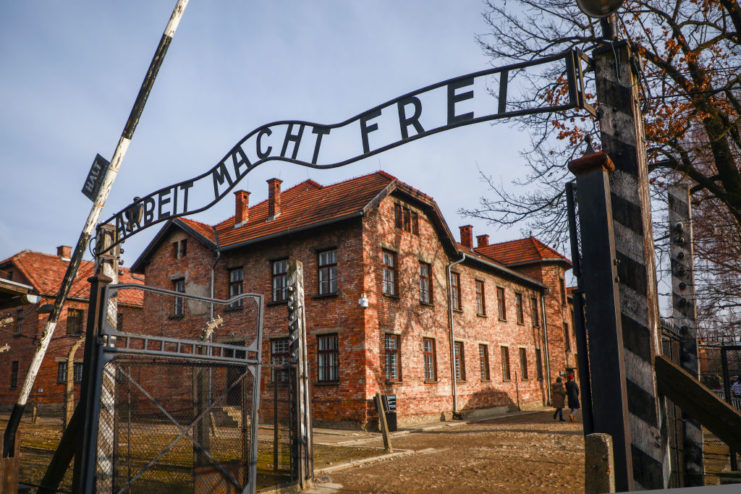
On June 20, 1942, the escape commenced. As he had the best grasp of the German language, Piechowski was given command. To get to the warehouse where they intended to steal SS uniforms, they took a cart and disguised themselves as a work group – a Rollwagen Kommando – which typically consisted of four-to-12 inmates pulling a freight car.
After bypassing the guards, they went about the second half of their task. Piechowski, Jaster and Lempart entered the warehouse via a coal bunker, which the former had altered to ensure it wouldn’t self-latch, and broke into the room containing the uniforms and weapons. After donning their disguises, they grabbed eight grenades and four machine guns.
While this was happening, Bendera snuck into the motor pool, where he stole the Steyr 220 belonging to SS-Hauptsturmführer Paul Kreuzmann (some sources say Rudolf Höss). He knew exactly which vehicle to steal, as he’d been allowed to test drive the cars around the camp, given his background as a mechanic. He then picked up the others, grabbed a uniform and drove toward the front gate.
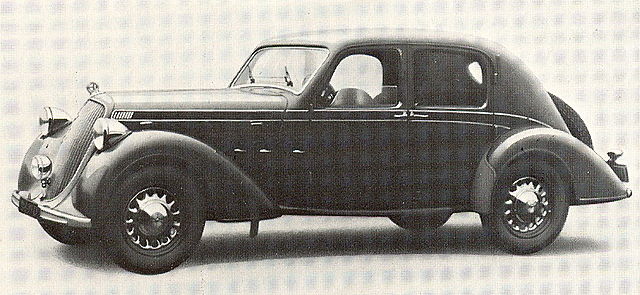
Fear set in as they approached the main gate bearing the Arbeit Macht Frei phrase. When it didn’t open, the car came to a stop, prompting Piechowski to lean out just far enough for the guard to see his SS insignia and rank. He then yelled at him to open the gate. Once open, they drove off, never returning.
Freedom from Auschwitz
While the four evaded Auschwitz following their escape, their families weren’t so lucky. In retaliation, Piechowski and Jaster’s parents were imprisoned at the camp, as was Lempart’s mother, where they perished. The kapo in charge of the motor pool, Kurt Pachala, was also punished following an investigation. Based on circumstantial evidence, he was tortured and sent to the standing cell in Block 11, where he died of hunger and thirst.
Along with reprisals against the group’s family members, it’s alleged the escape led to the use of prisoner tattoos at the camp.
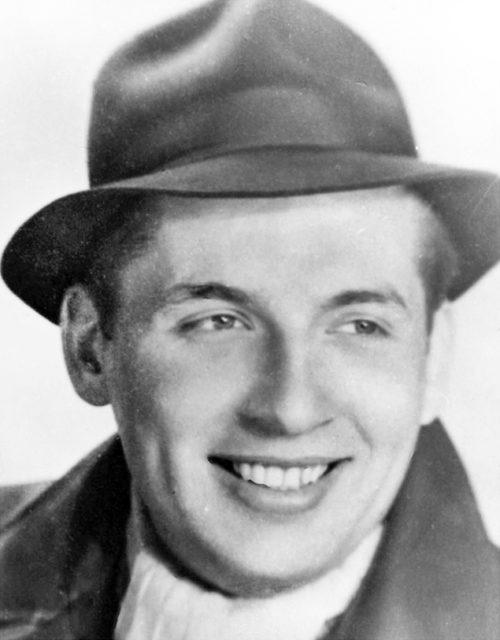
Piechowski made his way to Ukraine, but due to anti-Polish sentiment was unable to find refuge. Using a fake name and forged documents, he returned to Tczew, where he found work as a farm laborer and eventually made contact with the Polish Home Army. Following the war, he was denounced by Poland’s communist regime for being a member of the Home Army and sentenced to 10 years in prison, of which he served seven.
Once Poland had undergone its democratic transition, he was offered the Order of the White Eagle from Maciej Płażyński. He declined, saying, “I do not feel that this honor is owed to me.”
Bendera returned to Przedbórz, where he lived with his wife until their divorce, after which he moved to Warsaw. Lempart was dropped off at a monastery in Stary Sącz, 155 KM from Auschwitz, where he remained until he left the priesthood.
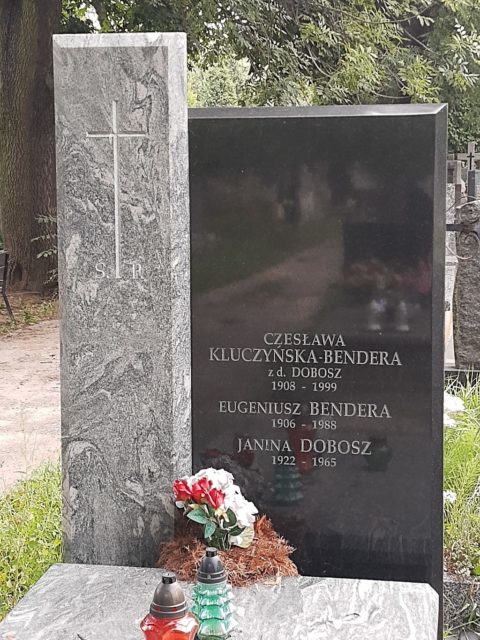
More from us: George Patton’s Controversial Mission To Rescue His Son-in-Law From A POW Camp
Jaster reported to the Home Army Command with a report he’d snuck out of Auschwitz, and fought with one of its special operations units, the Organizacja Specjalnych Akcji Bojowych. He also participated in engagements by other units. Most notable was the freeing of Auschwitz-bound prisoners at the Celestynów railway junction on May 19, 1943.
On July 12, 1943, Jaster was arrested by the Gestapo in Warsaw. While the circumstances surrounding his death are debated, it’s believed he died in custody between July and September of that year.
